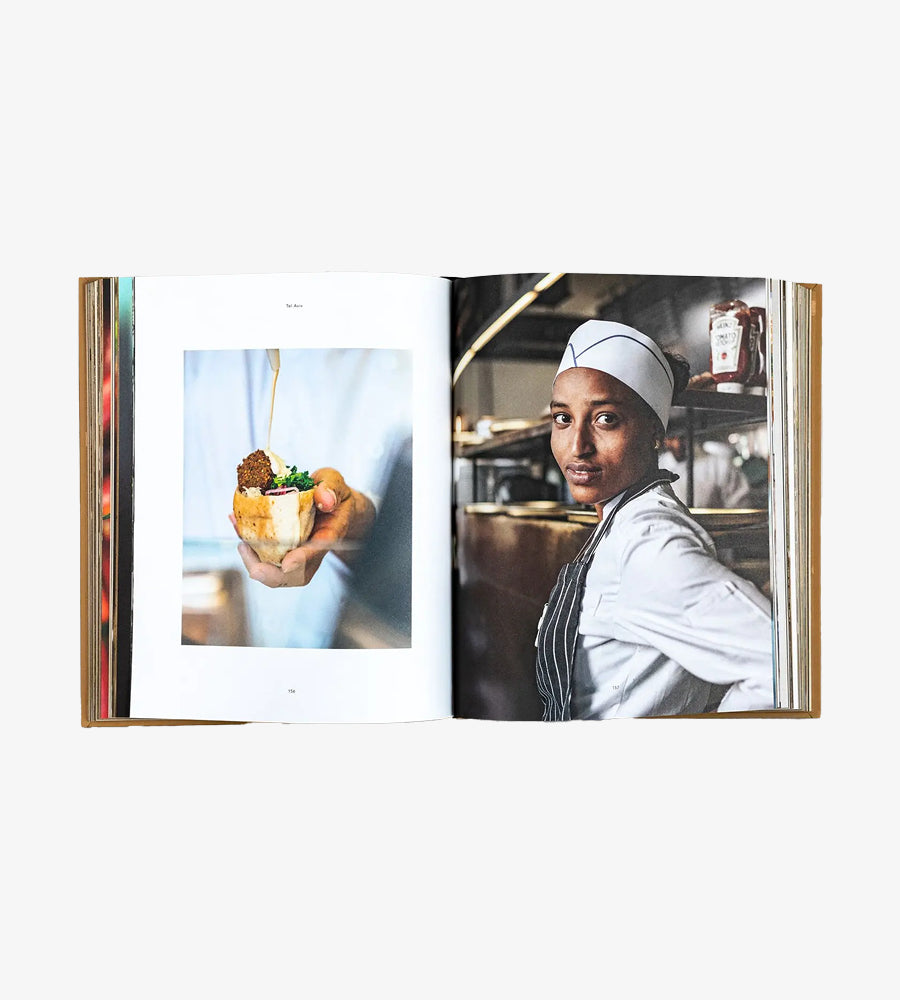
Illustrating Israeli Childhood
Eyal Miller

The cultural importance of children’s newspapers during the British Mandate period cannot be overemphasized. They created a common language and a community of young people and served as a platform for disseminating news and ideas, exposing children and youth to the arts, and enriching them with general knowledge to supplement the nascent educational system. These newspapers played a key educational role by instilling Zionist values, teaching about the Land of Israel, and connecting young people to Jewish history and to the Jewish and national calendars.
Davar for Children was the most popular children’s newspaper in the 1940s and 1950s. It was affiliated with the Labor movement, and its list of illustrious contributors, such as Leah Goldberg, Natan Alterman, Levin Kipnis, and the prominent artist and children’s writer, Nahum Gutman (1898–1980), added to its prestige and influence.
Alongside his stories and epigrams, Gutmanʼs illustrations for the newspaperʼs front page were his most signficant contribution. Every week, children were greeted by a cover showcasing Gutman’s unique talent. Considering the thousands exposed to these front pages on an almost weekly basis for decades, this is quite possibly one of the most influential bodies of artwork in the history of modern Hebrew culture.
On the front page of the newspaper from August 26, 1948, a month into the second truce of the War of Independence, Gutman managed to capture the spirit of the times for children living through a difficult war. The illustration depicts a soldier returning from the battlefield. He is greeted by his excited younger brother, who, wearing his brother’s army cap, approaches to hug him. It is a moment of innocence in a quiet pastoral setting amid turbulent times. The encounter between the soldier and his family — between the battlefield and the home front — has become a cornerstone of Israeli culture, and its earliest beginnings are captured here.
The next page features another illustration by Gutman, which seems to come from another world. It accompanies Leah Goldberg’s poem, “The Sailing Song,” which takes the young reader on a distant, imaginative adventure. The cheerful illustration conjuring a carefree world is the polar opposite of the realistic image on the cover page.
The power of Gutman’s work in Davar for Children lies in the link between the realism of the soldier returning from battle and the whimsy of the illustration for Goldberg’s poem. The national story is always present in Gutman’s work alongside respect for the innocent, timeless world of the Hebrew-speaking child, who represents the future of the nation.
















